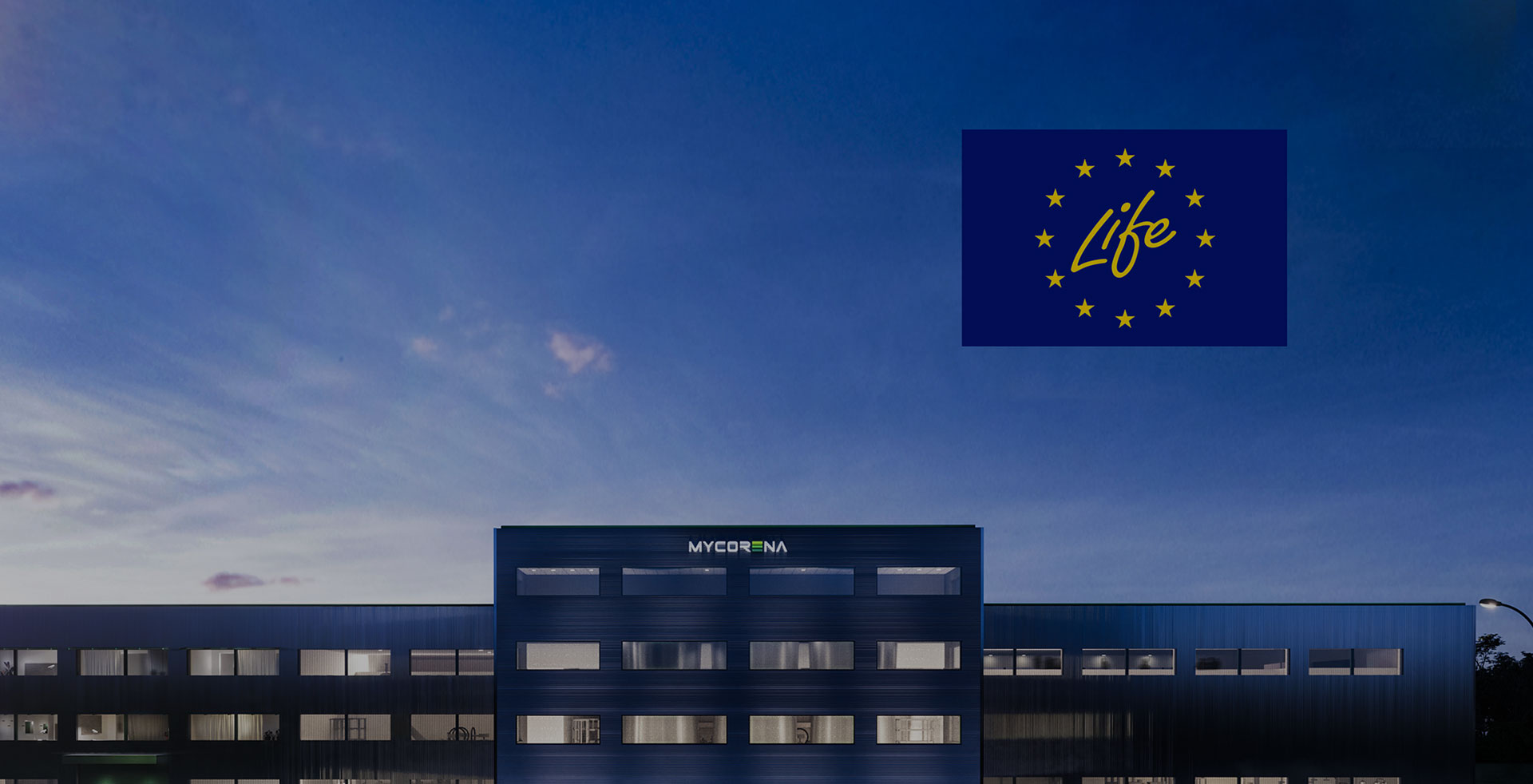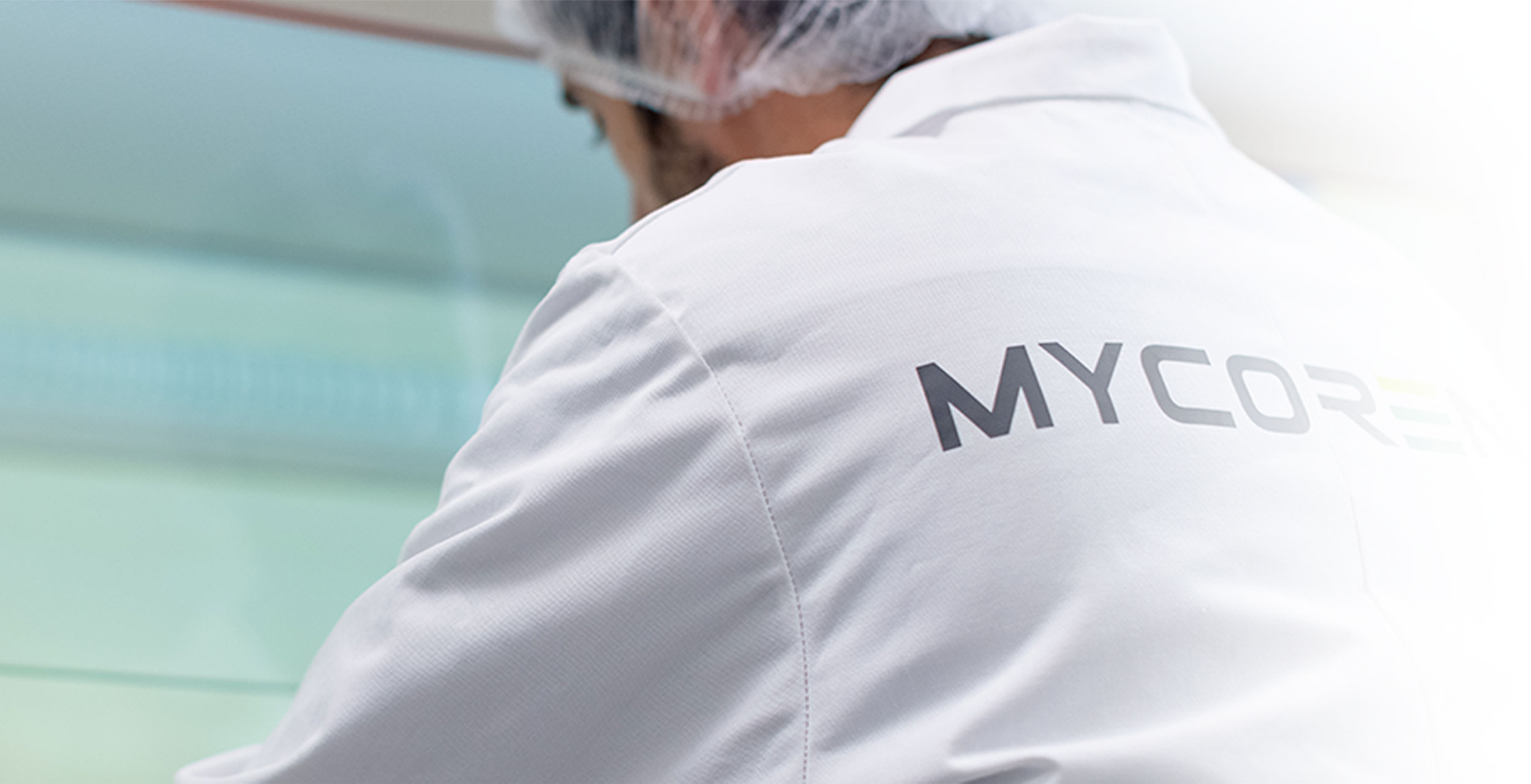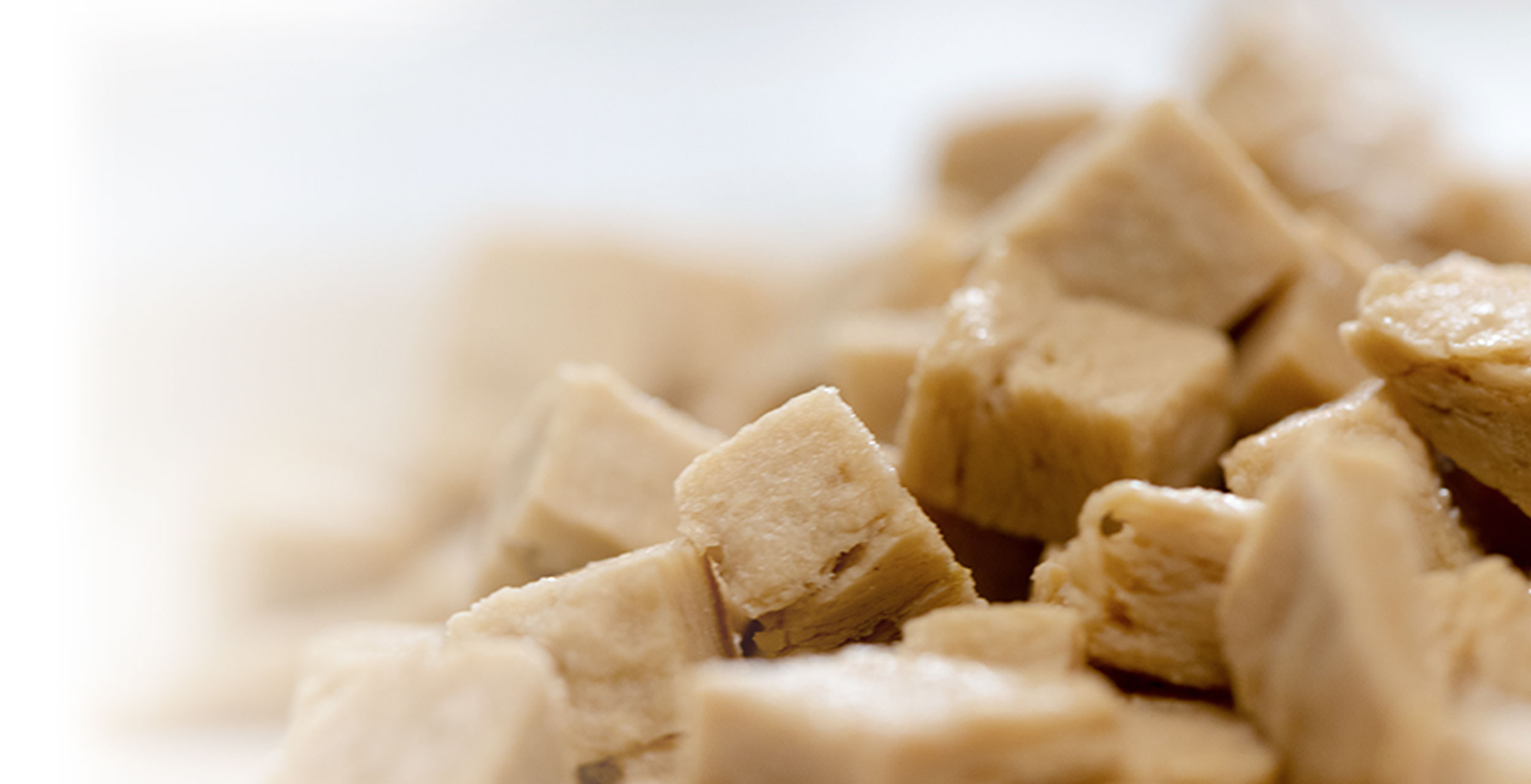The Now: State of the Art
Food Waste to Animal Feed
One common use case for food waste is to produce animal feeds. As much as 5 Mt worth of food side streams are used to manufacture feeds in EU-28 every year. Such initiatives keep nutrients in the food system, albeit through a ‘detour’ by which nutrients are passed through an animal. There are, however, challenges with this approach and opportunities for improvement. (Source: FUSIONS – Estimates on European Food Waste Levels)
First, it takes a lot of time for the nutrients to reach the consumer. It takes up to 36, 6, and 12 months to raise a slaughter-ready cow/pig/lamb, respectively. Thus, the recycling of food waste becomes a lengthy and inefficient process. Second, the feed conversion ratio of most livestock is poor, meaning that more resources are consumed in production than you get out from the process. The feed conversion ratio can be as bad as 25:1 for beef in terms of edible weight. If 5 Mt food waste are used as animal feed, the final protein output may be as low as 200 Kt, an unacceptably poor conversion. Moreover, using food waste for animal feed comes with a range of environmental issues. Waste needs to be transported to the site of livestock rearing, causing GHG emissions, and contributes to our continued dependence on animal protein and the detriments to climate caused by it. For an overview of the detrimental effects of animal protein production. Third, we turn our attention to economics. In a worst-case scenario, processors can receive any financial compensation for sending food waste to be used as animal feed and may even have to pay to get rid of their remains. In the best case, they may receive a minuscule payment of €100 – 300 per ton. By instead using the food waste in an application that is of higher value than animal feed, improvements could be made to the financial case for upcycling food waste.
Food waste to Biogas production
Today, food waste is also used in the production of biogas. This is especially the case in Sweden, where 6% of the total amount of gas produced utilizes waste from the food manufacturing &processing industries as a substrate. The main issue with this approach is that nutrients are taken out of the food system, with no potential of recycling it for human consumption. Approximately 66 Nm3 of biogas can be produced from 1 ton of food processing waste materials, which is equivalent to a feed conversion ratio of 10.6. Overall, it is clear that food waste could be much more beneficially used if kept within the food system. As is the case with using food waste to feed animals, biogas production is also time-consuming. Substrates need to be processed for 15-30 days, leading to lag times, and tying up of resources for an unnecessarily long time.
The Future: Our Upcycling Innovation
Mycorena has developed an innovative fermentation concept in which side streams and waste from food and agricultural
processing can be upcycled into Promyc, an innovative source of fungi protein.







